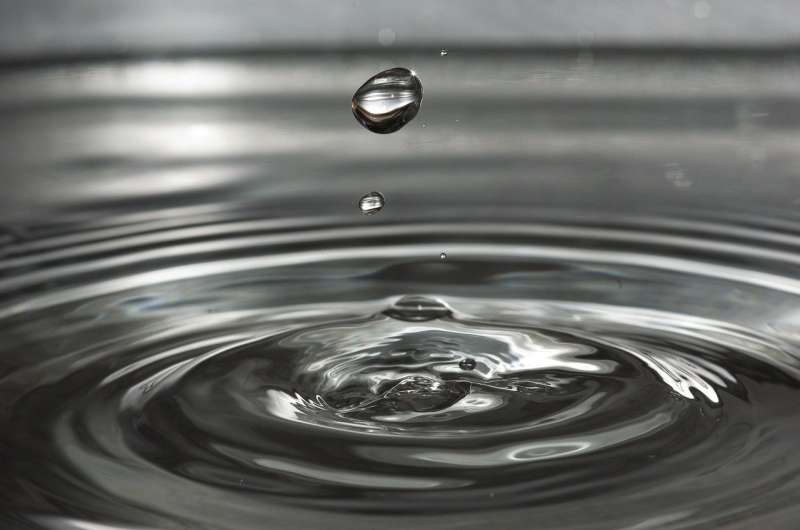Chemists produce and test novel solid oxide electrolysis cell

Researchers of the Institute of Chemical Engineering of Ural Federal University and the Institute of High-temperature Electrochemistry (Ural Branch of the Russian Academy of Sciences have developed new electrochemical cells for the electrolysis of water in the presence of carbon dioxide. The findings were published in the Journal of Materials Chemistry A.
"A novel solid oxide electrolysis cell based on high-performance and CO2-tolerant materials, a proton-conducting electrolyte and an oxygen electrode was successfully fabricated and tested," says the article. "Unusual characteristics leading to enhanced improvement were observed for this cell when the reducing atmosphere was enriched with CO2."
The authors also proposed a possible mechanism by which this behavior may be explained. The results of the study show that the cells work better under "hard" conditions, with an increased concentration of CO2.
If electrolysis occurs in the presence of carbon dioxide, some of the electrons are used for the recovery of the substance. Then the result of the electrolysis is the so-called synthesis gas, a mixture of hydrogen and carbon monoxide. Synthesis gas is something like a semi-finished fuel. It can, for example, be further converted into liquid hydrocarbons. Obtaining synthesis gas by water electrolysis is a promising process that makes it possible to get rid of carbon dioxide and produce fuel. Scientists are now developing similar cells that could work from solar energy, making the process twice as environmentally friendly.
The purpose of the study conducted by the chemists of UrFU and UB RAS was to choose the best solid electrolyte for cells. This material should provide good proton conductivity and be stable in an atmosphere of CO2 at a temperature of 700 °C. As a result of the study, the authors obtained a material with higher conductivity provided by the fact that less protons were "stuck" at the boundaries of the grains (individual crystals in the polycrystalline material), thereby making the final cells work better. Stability was also high: In 10 hours of operation, the cells lost as little as 0.7 percent of efficiency. However, for industrial use, this parameter has yet to be improved.
Moreover, the cells demonstrated even better performance under the "harder" conditions, when the atmosphere was further enriched with carbon dioxide. The excess of CO2 inhibited some unwanted processes, which resulted in optimum resistance and current density, that is, better cell efficiency.
More information: Nikolay Danilov et al, CO2-promoted hydrogen production in a protonic ceramic electrolysis cell, Journal of Materials Chemistry A (2018). DOI: 10.1039/C8TA05820B
Journal information: Journal of Materials Chemistry A
Provided by Ural Federal University



















